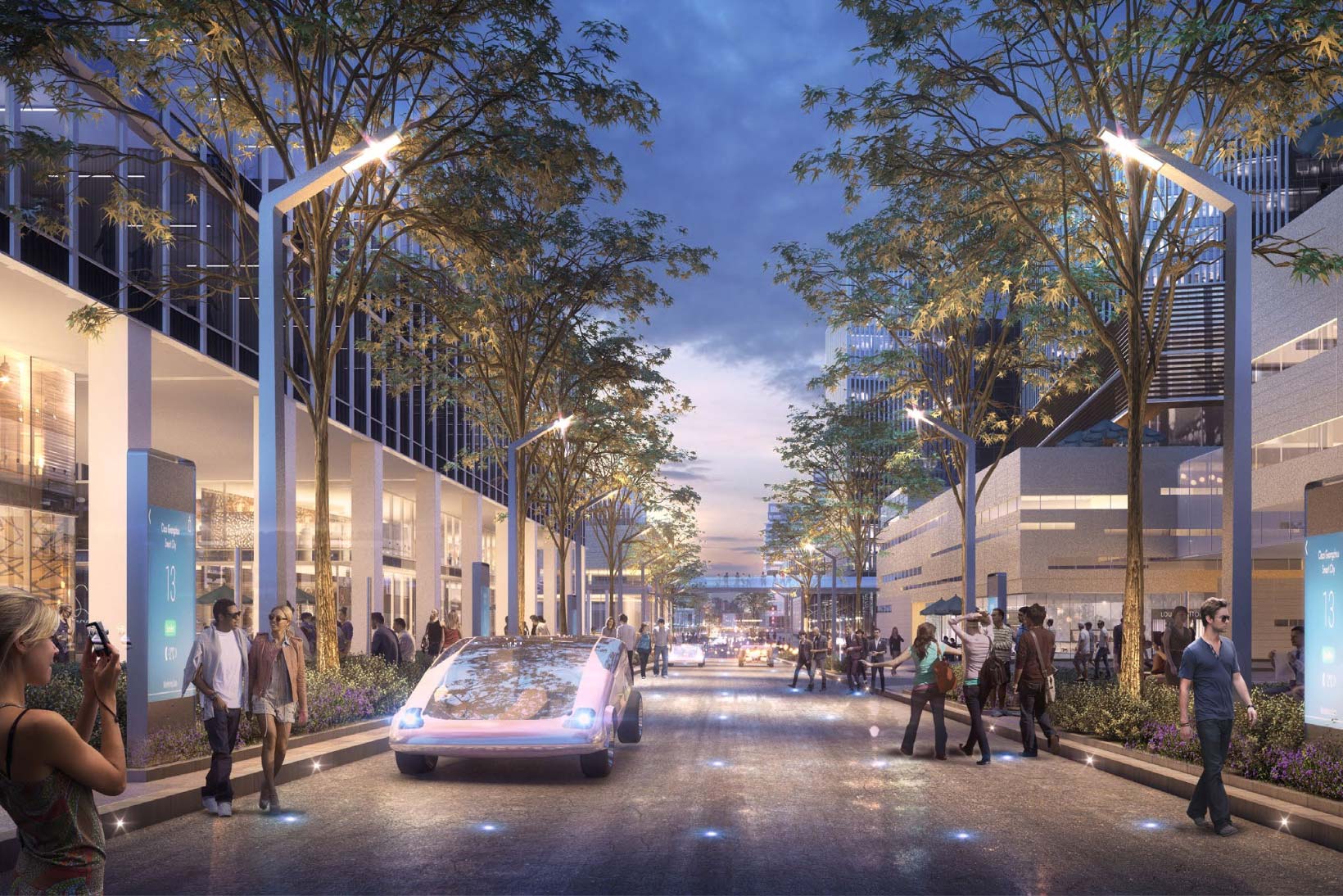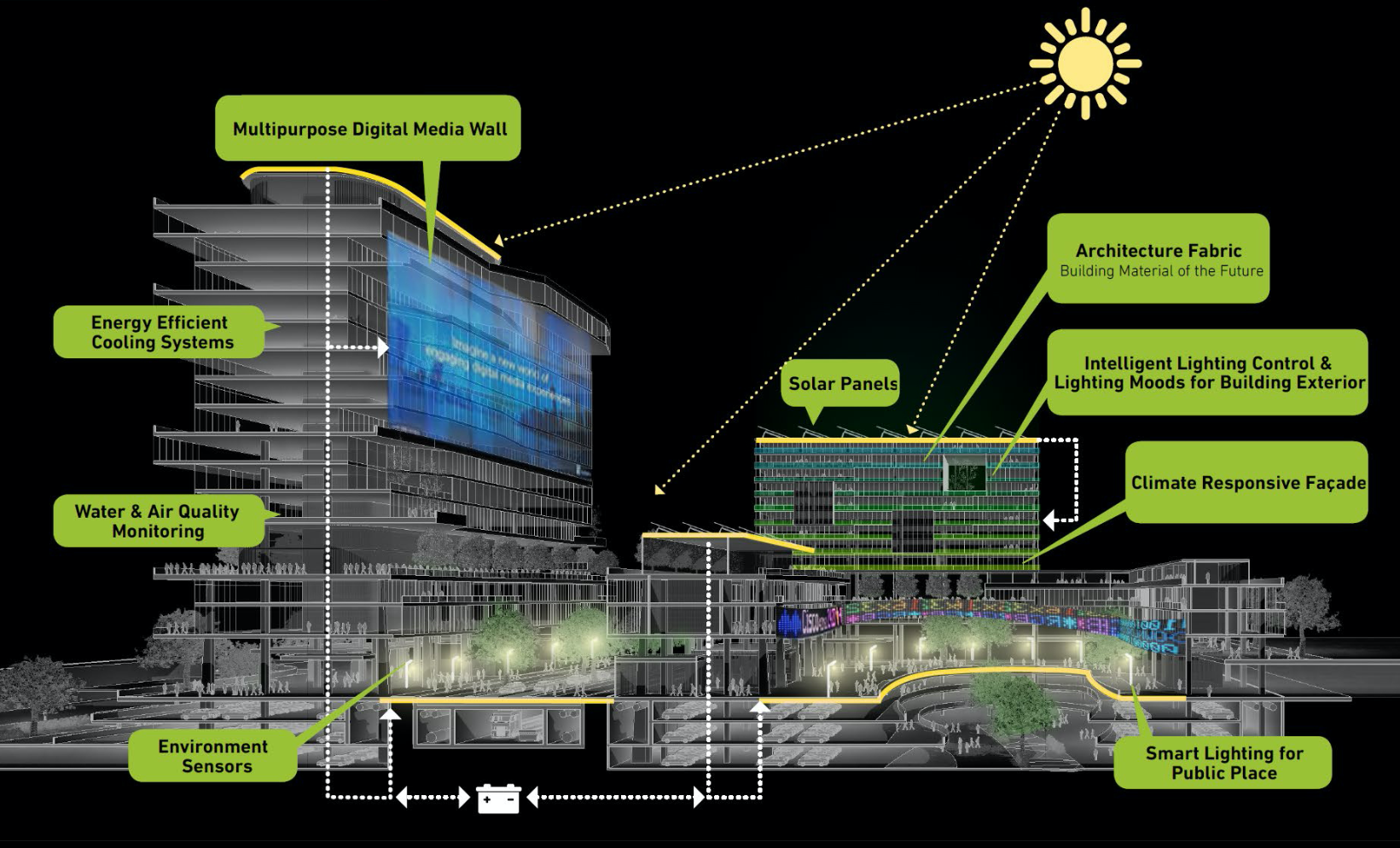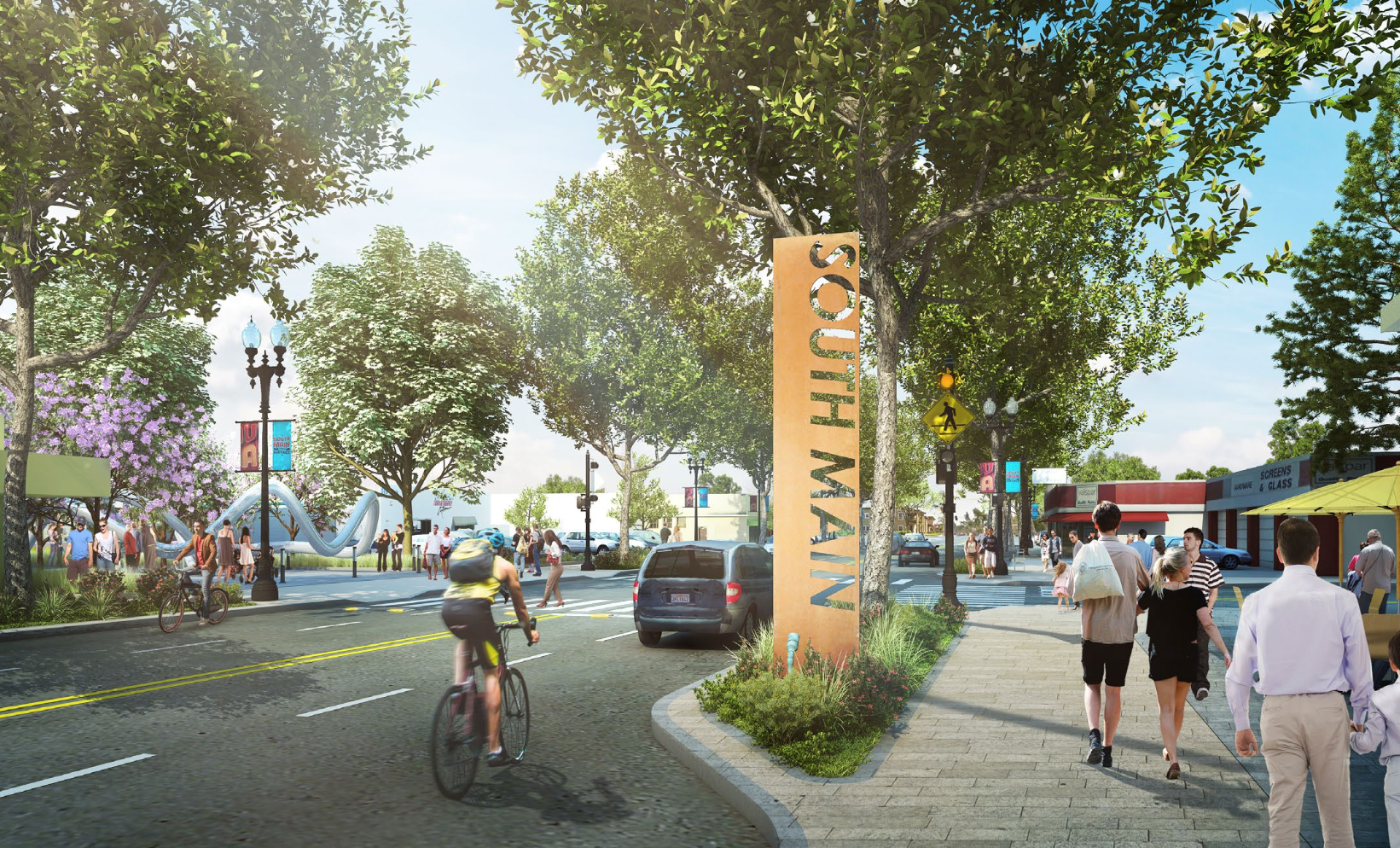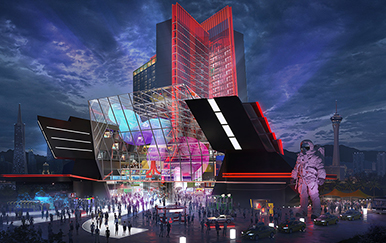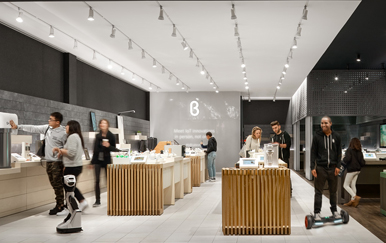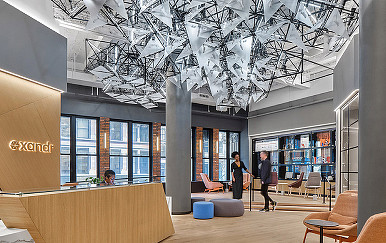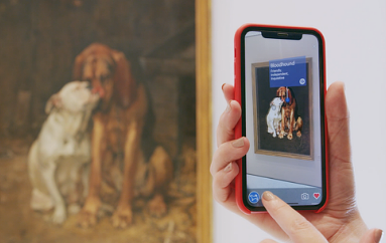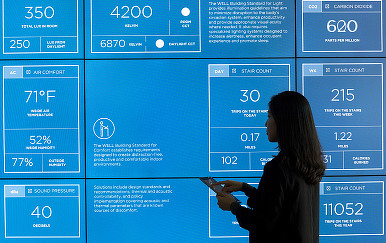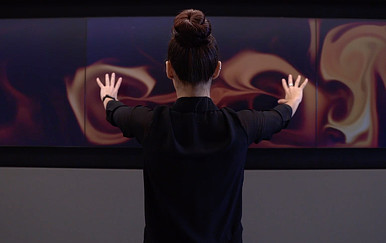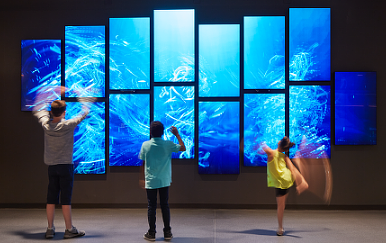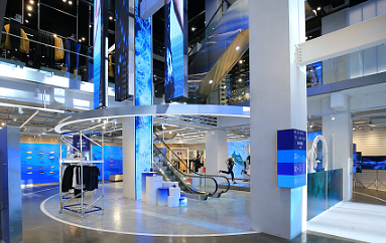Accessing basic necessities like food should never have to be an arduous ordeal. The “15 Minute City,” an urban environment designed to fulfill residents’ needs within a 15-minute walk or bike ride from home, is a concept that Gensler has promoted since 2007, and it was recently embraced by Paris Mayor Anne Hidalgo. Gensler’s Cities & Urban Design practice is currently revisiting this urban planning concept through the lens of equity.
Tight-knit, mixed-use neighborhoods build community whether or not people can physically gather. Flexible planning frameworks, like Leeway Urbanism in Hong Kong, can build resilience against climate change. Neighborhood social networks like NextDoor have proven to be essential as they allow neighbors to better connect. They allow neighbors to better connect in all kinds of ways. In the future, new IoT technologies will enable more neighborhood-scale shared amenities, including cars, security systems, and workout facilities.
In these challenging times, data, technology, and design are being leveraged for their optimal purpose: improving the human experience. The concepts currently being tested could set a new standard for urban technology, ensuring that the smart cities of the future will also be human cities.
